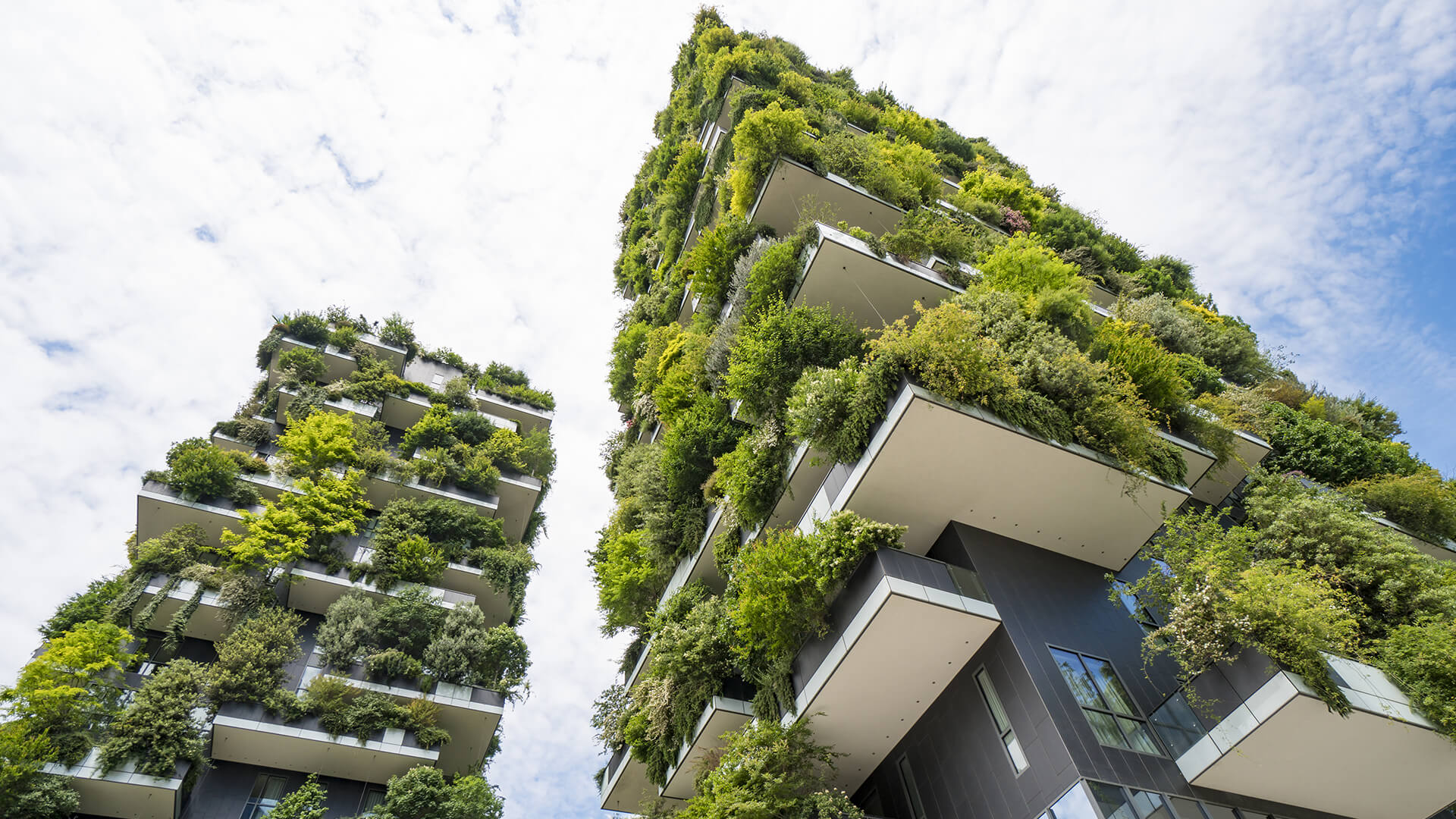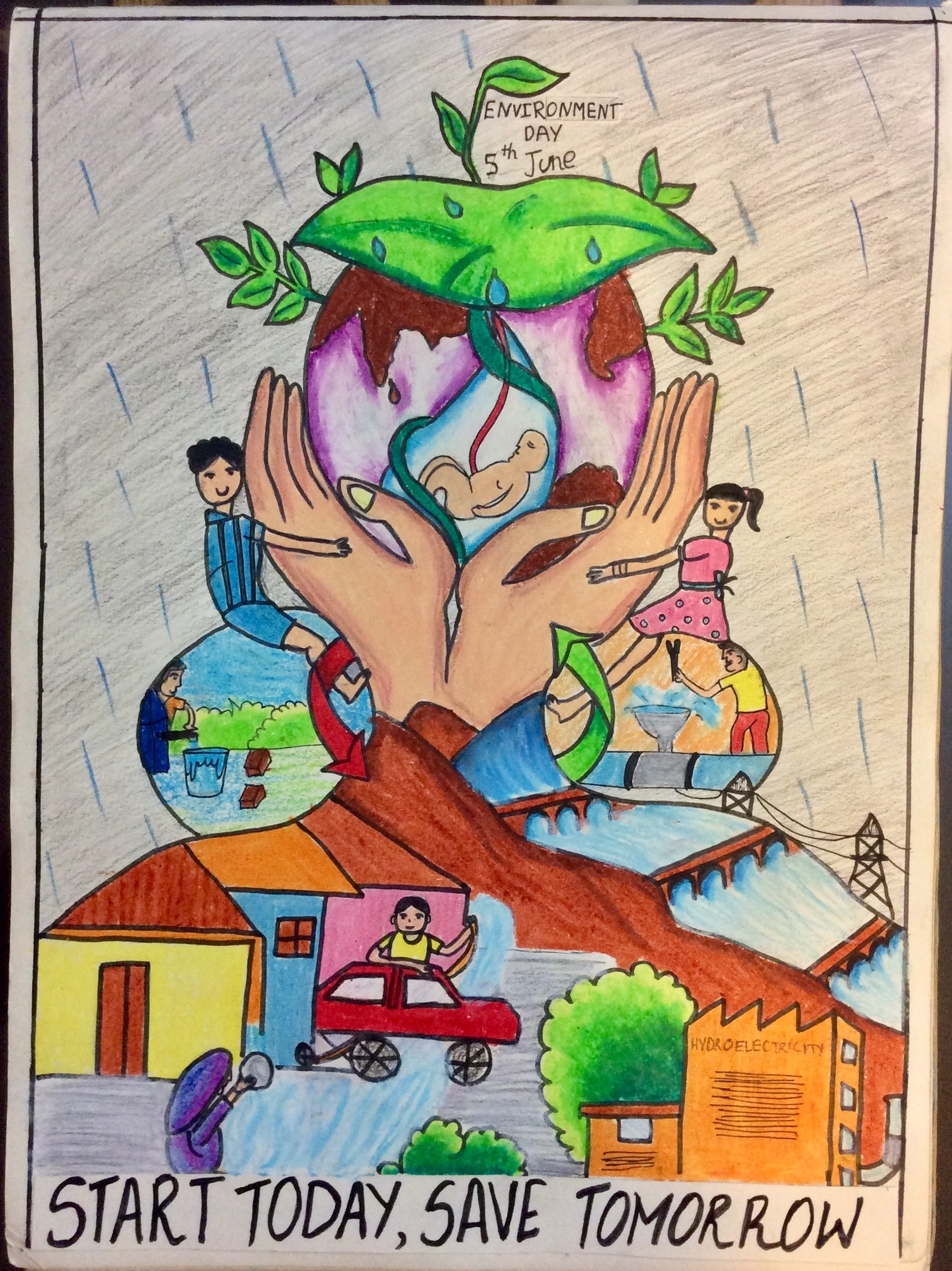Table Of Content

In Beyond the Horizon the identical sculptures symbolized the “hardware” in the car interface, while the thousand-plus year-old Echizen washi paper suggested the “software” element which would ever-evolve to offer unique in-car experiences tailored to the individual. And let’s face it, no other city can quite stage a design fair like Millan where design and style, the pleasure in the art of living, are embedded into its very fabric. Here, among the brutalist buildings and crumbling palazzos, cobbled lanes and gorgeous green courtyards, is where tradition and modernity blend so effortlessly, and where a dedication to design excellence makes it one of the global leaders in the field. Scale can be used to create a hierarchy for and add emphasis to certain elements on a design.
Implementing Sustainable Design Strategies in the Retail Environment - Retail TouchPoints
Implementing Sustainable Design Strategies in the Retail Environment.
Posted: Wed, 03 May 2023 07:00:00 GMT [source]
What is the difference between green, sustainable, and ecodesign?
For this reason, shapes are crucial elements that we designers use for quick and effective communication. Lines are strokes connecting two points, and the most basic element of visual design. We can use them to create shapes, and when we repeat them, we can form patterns that create textures.
Learn More About Sustainable Design
The principles of design in art are foundational concepts that guide the creation and evaluation of artworks, ensuring visual harmony, balance, and cohesion. These principles include balance, contrast, emphasis, movement, pattern, rhythm, and unity/variety. Each principle plays a pivotal role in organizing or arranging the visual elements in a design, ultimately shaping the viewer's experience.

What is the workplace of an Environmental Designer like?
At the end of the day, ecodesign isn’t just a way to help the planet or help your business – but to build a more sustainable future where we will continue to have a platform to make our creative ideas come to life. Design is a discipline of study and practice focused on the interaction between a person — a ‘user’— and the man-made environment, taking into account aesthetic, functional, contextual, cultural and societal considerations. Transform existing structures for new purposes, reducing environmental impact by repurposing and preserving historical significance. Adaptive reuse minimizes the need for new construction, thus lowering resource consumption. Design products with minimal waste, considering disassembly, recycling, and upcycling. This approach promotes a circular economy, reduces landfill waste, and conserves valuable resources.
As outlined in the visual hierarchy article on interaction-design.org, effective use of hierarchy follows natural eye movement patterns, enhancing user experience and making content more accessible and engaging. Balance can be achieved symmetrically, where elements mirror each other on either side of a central axis, or asymmetrically, where elements provide equilibrium without mirroring. It ensures that viewers can engage with the content without feeling overwhelmed or distracted. For a deeper dive into the intricacies of visual composition, including balance, refer to the article on the building blocks of visual design at interaction-design.org. Illustration of visual design elements and principles that include unity, Gestalt, hierarchy, balance, contrast, scale and dominance. Each studio is conceived to build upon the previous studio in a manner that develops a student's mastery of the science of architecture while at the same time exposing the student to the rich diversity of our faculty's philosophical beliefs.
In this article:
We can also use value to simulate volume in 2D, for instance, by using lighter values where the light hits the object and darker values for shadows. Be trustworthy and credible – identify yourself through your design to assure users and eliminate the uncertainty. Use defaults wisely – when you offer predetermined, well-considered options, you help minimize users’ decisions and increase efficiency. Beyond normal tuition, fees, room, board, and supplies, an architectural student requires drawing equipment and materials for drawing and models during the school year.
Often, opting for these sustainable versions of essential household and garden fixtures isn’t any more expensive and will save you money on your water bill and landscaping costs. "Using renewable and recycled materials such as reclaimed wood, bamboo flooring, recycled glass countertops, and eco-friendly paints and finishes not only reduces environmental impact but also adds unique character and charm to spaces," says Kelly. Ecodesign is the approach to drafting and constructing a building with the environment in mind. This means that the potential design should seek to either avoid or directly reduce its environmental impact on the surrounding area. Sustainable design brings a multitude of benefits that extend beyond its environmental impact.
The mission of the college is to produce creative and skilled professionals to help craft built environments — ecologically sustainable and resilient, prosperous and fair, healthy and beautiful — whose logic, form, and materials we as teachers cannot yet conjure. We guide students toward a critical understanding of cities around the world, their architectures and landscapes, and their many layers of meaning. We educate students in the art of designing well-loved places that both nurture our senses and challenge our imaginations. And we help students not only to acquire technical expertise, but also to develop transcendent ways of seeing and refiguring the built environment. However, for design for environment one has to extend the simulation framework to include chemical and process synthesis steps and multiple objectives for environmental and societal impacts. This article describes the developments in process design for environmental considerations.
Then, modification coefficients for the inelastic site period and equivalent damping ratio (i.e., the effect of inelastic soil properties) were proposed based on the results of an equivalent linear site response analysis (SRA). Finally, a simplified method for the prediction of soil displacement profile was proposed. The proposed method was applied to 440 soil profiles, and the predicted soil displacement profiles agreed with the SRA results. Meanwhile, at Lampo Milano, furniture maker VANK explored the synergy between nature and creativity as a way of rethinking a more sustainable creative approach to design. Installation drew parallels between the energy in bio-design and solar energy and plant growth through photosynthesis.

The first school to combine the disciplines of architecture, planning, and landscape architecture into a single college, CED led the way toward an integrated approach to analyzing, understanding, and designing our built environment. There is a huge scarcity of good, practical resources for designers and students interested in minimizing the environmental impacts of products. User experience designers who work solely on digital products might think sustainability is irrelevant for software or applications. By integrating renewable energy sources such as solar photovoltaic, solar thermal, and even geothermal energy into structures, it is possible to create zero emission buildings, where energy consumption is self-generating and non-polluting. It is also possible to construct "energy-plus buildings" which generate more energy than they consume, and the excess could then be sold to the grid. In the United States, the LEED Green Building Rating System rates structures on their environmental sustainability.
Seeking to understand how ecodesign could have an impact on your business may seem difficult, but don’t worry – Greenly is here to help! Click here to book a demo and get personalized expertise on how you can start to reduce your own emissions and decrease your environmental impact. For starters, we’re living in a world suffering the effects of climate change – and one of the easiest ways to keep the dramatic effects of a warming world is by altering the products and services we use in our everyday lives, which can be done with ecodesign.

No comments:
Post a Comment